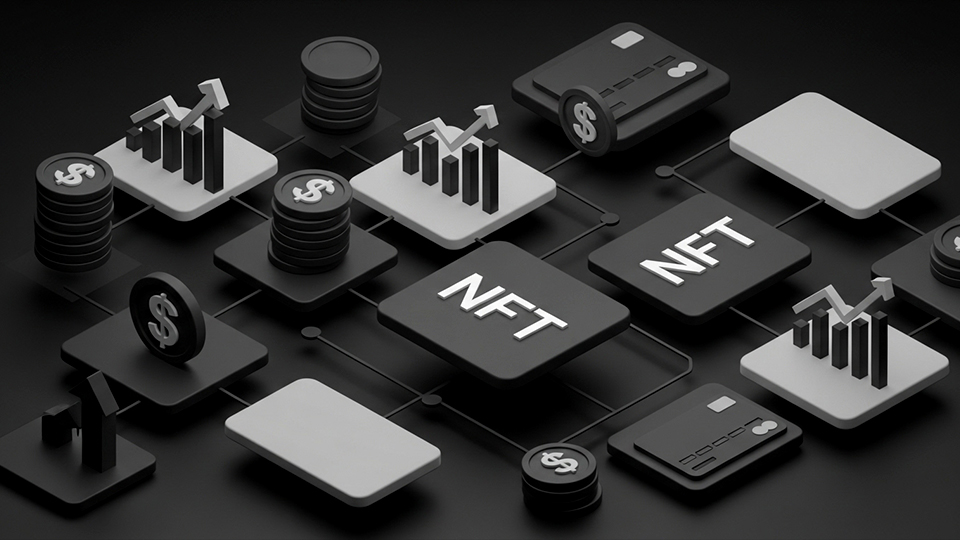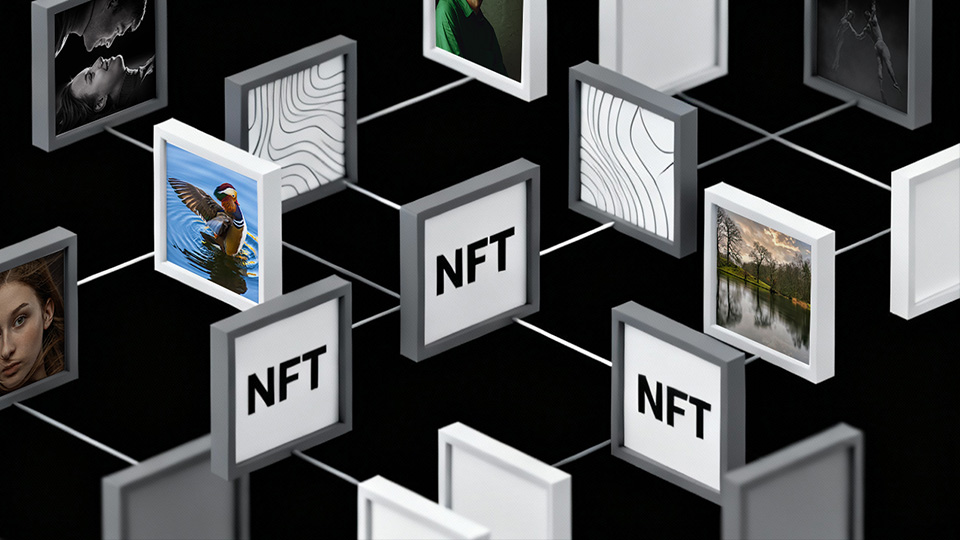Explore the Future of Digital Art with SEED.Photo in the Sandbox Metaverse
If you’re fascinated by the intersection of art and technology, SEED.Photo in the Sandbox Metaverse offers a glimpse into the future. As the first NFT marketplace dedicated to photography within this virtual world, SEED.Photo provides artists, collectors, and curious onlookers with a fresh way to experience digital art in an immersive environment.
The Sandbox Metaverse is a sprawling, user-driven virtual world where creativity and community come to life. Known for its open, blockchain-based platform, Sandbox allows users to build, own, and monetize virtual assets and experiences. From gaming environments to digital galleries, the Sandbox Metaverse serves as a creative playground, enabling users to explore and contribute to a rapidly evolving digital world. SEED.Photo’s presence here is a testament to Sandbox’s commitment to expanding art and culture within the Metaverse, offering a unique space for digital photographers and art lovers alike.
One of the standout aspects of SEED.Photo is its prime location in the Galleria Golden Real Estate, one of the most prestigious areas in the Sandbox Metaverse. Positioned right next to Time Magazine’s virtual headquarters, SEED.Photo invites visitors to explore digital photography in a setting that feels like wandering through a high-profile art gallery in the heart of a crowded digital city.
SEED.Photo is more than just a marketplace; it’s a community space where photography and the Metaverse converge to create something new and inspiring. It’s designed for artists to showcase their work in inventive ways, and for collectors to discover unique, visually compelling pieces of art. For anyone passionate about photography and the potential of digital worlds, SEED.Photo is a doorway into an exciting new chapter of artistic expression.



